REVIEW – Mystery Ranch NICE and AUSNICE Frame
ITEM: AUSNICE and NICE Pack Frame
MANUFACTURER: Crossfire (AUSNICE) and Mystery Ranch (NICE)
DESCRIPTION:
A detachable, hybrid external modular pack frame that is the cornerstone of the Mystery Ranch military pack range. Can also be fitted as an after-market upgrade to a great many other pack bags.
REVIEW NOTES:
This review is a mixture of gear.
The original US manufactured NICE frame is my personal sample that I’ve bought myself.
The AUSNICE is a licensed manufactured product improved item kindly supplied by Crossfire.
Despite acting as something of an agent for Crossfire, I have received no financial compensation for this review. Like any previous review with supplied equipment, I have conducted the review with the proviso that I will be painfully honest in my assessment of this item.
The AUSNICE frame will be returned to Crossfire on the completion of the review.
LAYOUT:
The NICE Frame is a very high-tech piece of gear, with some space-age engineering and materials science behind it.
The main body material and external surfaces are 500 Denier cordura. The inner material is a highly technical mesh.
It is a frame system with integral shoulder harness and hip belt fitted. These harness components are field replaceable items, but can not be replaced with after-market accessories.
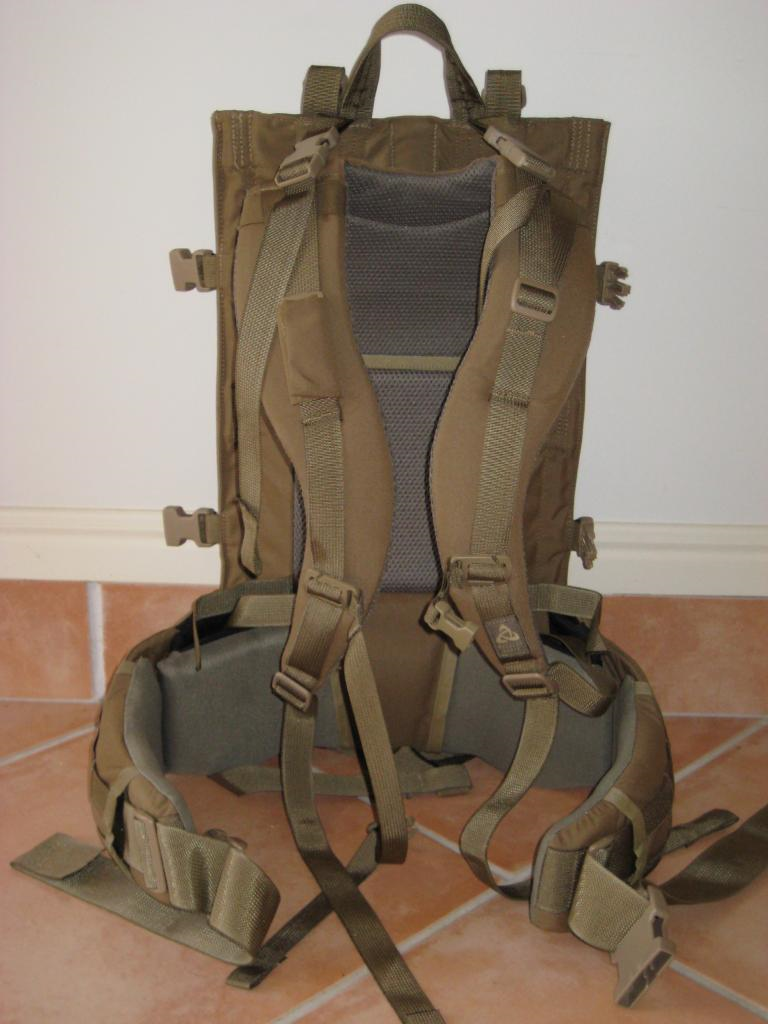
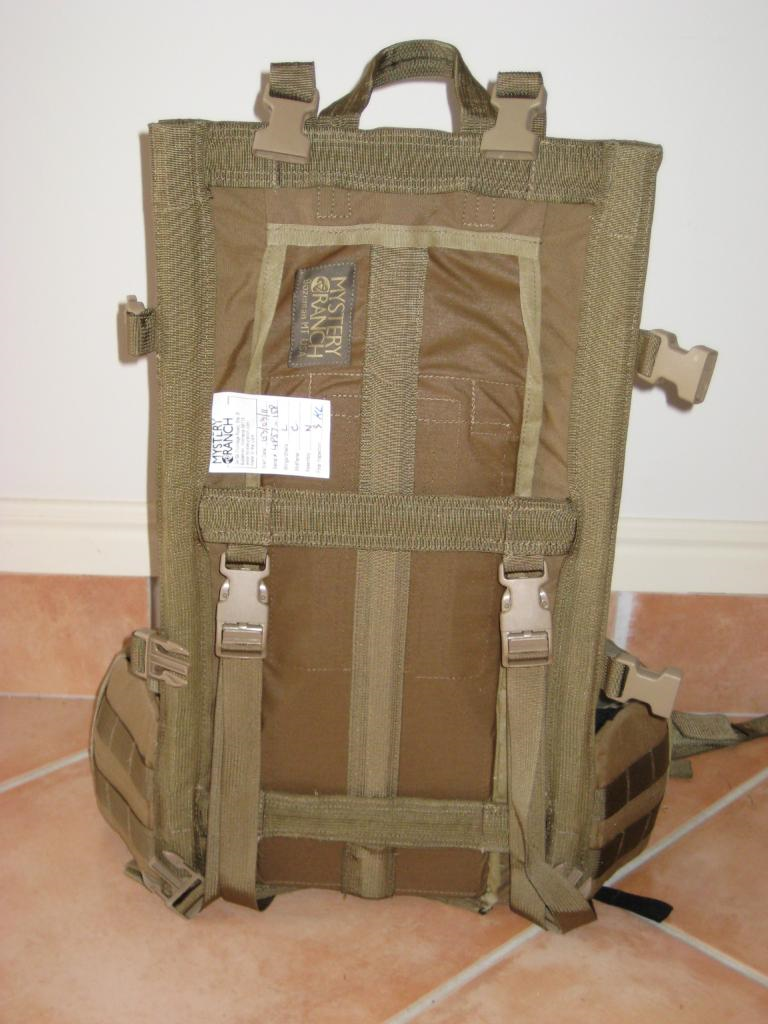
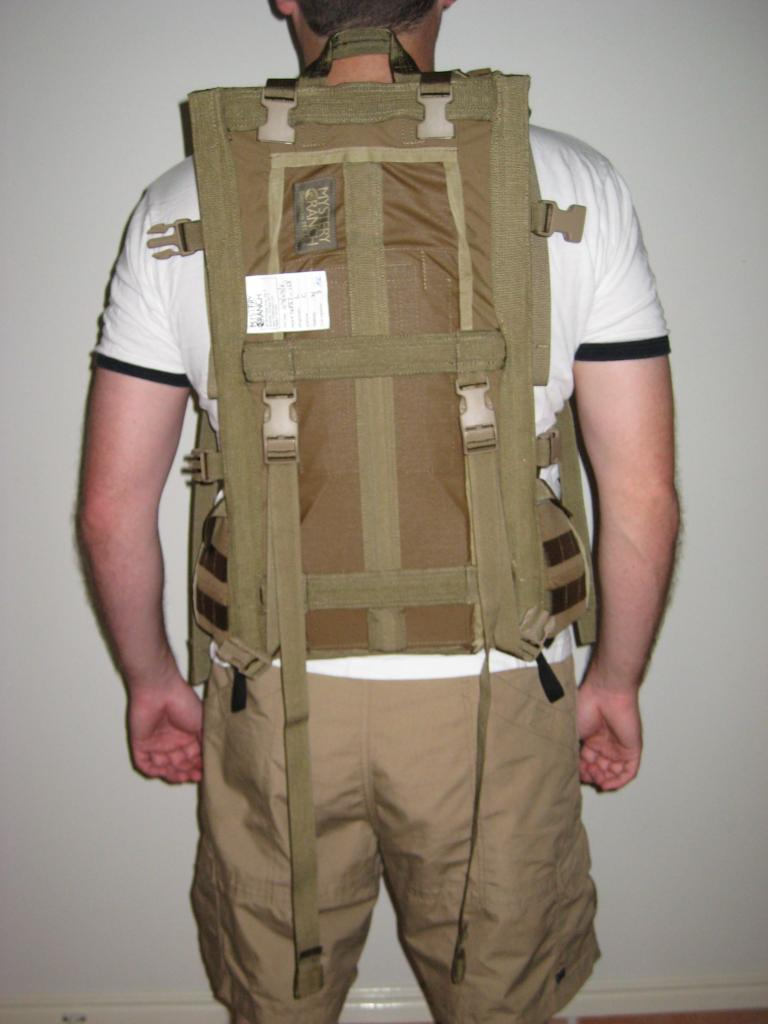
FRAME –
The NICE frame is a mixture of internal and external frame, very reminiscent of the old American pack board, where a load would be lashed to the pack frame. There are three longitudinal aluminium staves running from the hips to shoulders. These are cross-braced by similar staves. These staves, unlike many civilian bushwalking internal frames, are unable to accessed by the wearer for customised bending to the wearers back. It’s a sealed unit, intended not to be mucked around with at a user level.
HARNESS STRAPS –
The shoulder straps are contoured, and have a 3-dimensional structure with a plastic stiffener in them that interacts at the shoulder to maximise comfortable load transference and prevent the load from turning the strap into a piece of string under a high load.
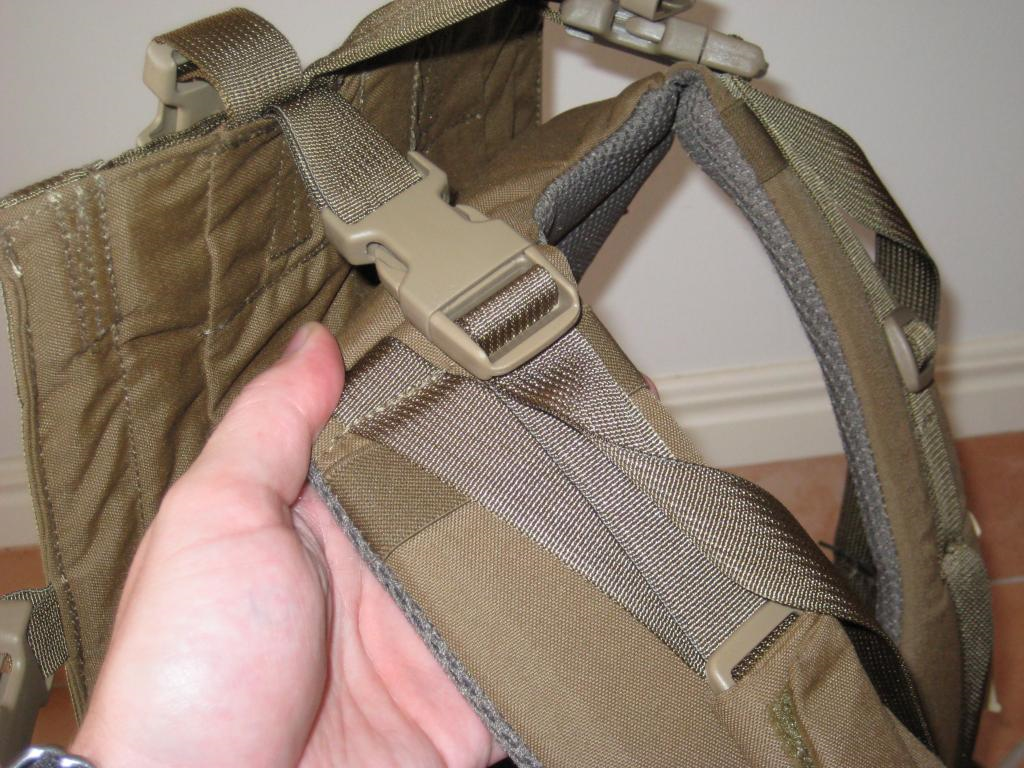
These shoulder straps are easily adjusted for back height of the wearer by the carbon fibre backing plate in the harness. This backing plate not just allows easy size adjustments, but is an integral and essential part of the harness system as a stiffener and load transfer device.
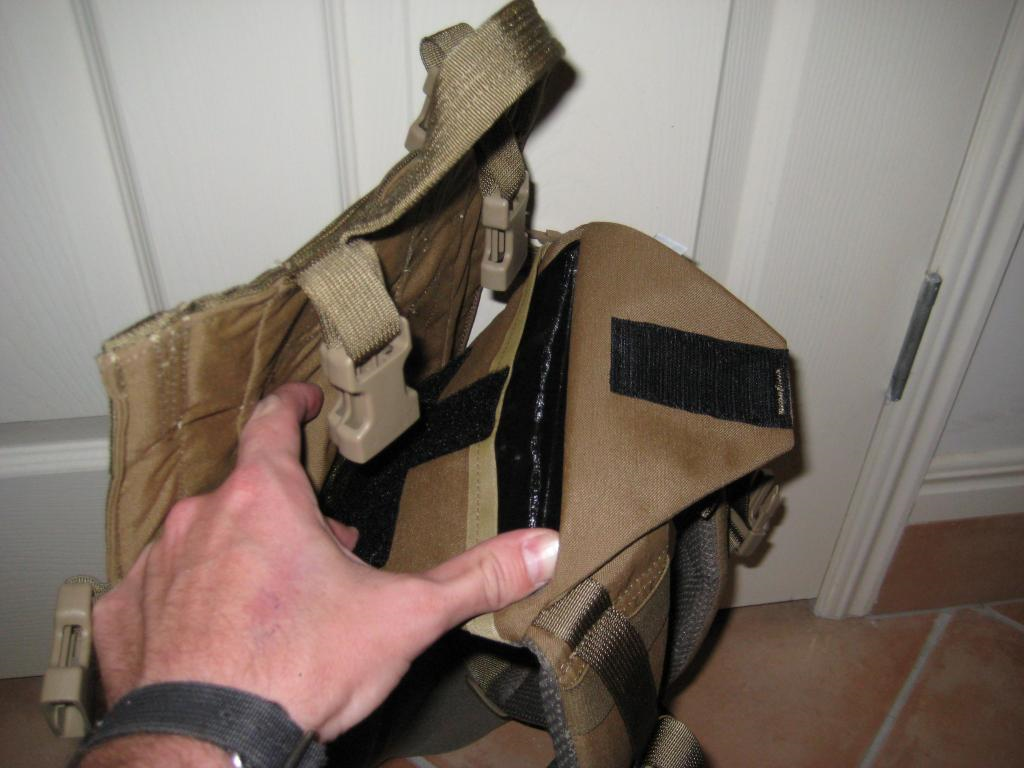
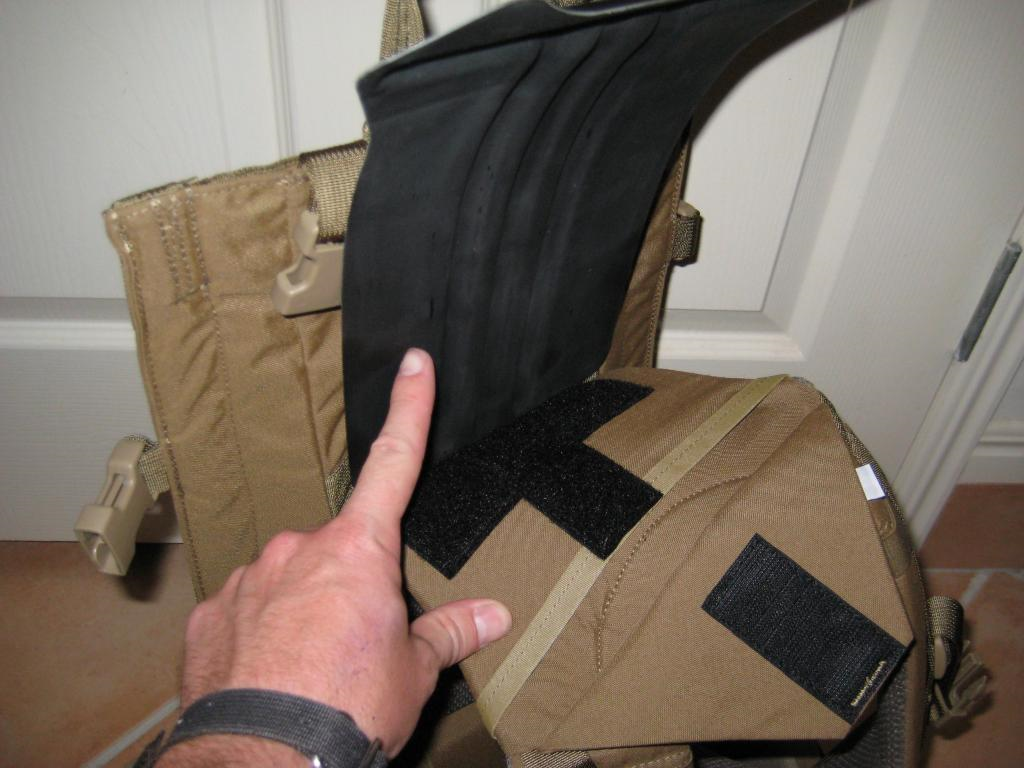

The shoulder strap running ends have loops fitted to allow easier access to tighten the straps as needed.
The harness has a sternum strap, and top tensioners like that found on most good quality hiking packs. Also fitted are elastic and Velcro loops to manage hydration bladder hoses. Round split rings can be easily fitted to hang radio handsets from for ease of access and use.
The harness is lined with a mesh material to reduce heat retention and such problems as chafing. This mesh material is pretty impressive. I’ve recently received explanation of the science and design behind it. Apparently it’s a dual layer material. The first material is hydrophilic (water loving) that soaks up moisture and sweat, wicking it away from the wearer. The second layer is hydrophobic, allowing it disperse away from the skin, preventing a build-up of sweat and moisture close to the wearers body.
HIP BELT –
The NICE frame is fitted with a substantial and very comfortable hip belt that allows a great deal of the load to be transferred to the pelvis when properly fitted and used.
The fully adjustable hip loading belt also has a clever way to adjust the running end to allow a reduction of flapping belt to reduce snag hazards in vehicles and close terrain which is impressive to see.
The hip belt paddles can be easily removed by the wearer allowing the hip belt to be worn as a low profile item in vehicles or close country, or stowed away should the wearer be wearing belt mounted webbing.
When fitted, the hip paddles have extra PALS rows to allow pouches to be fitted to the hip belt according to user preference. For a civilian bushwalker, this allows such things as a camera, food and other accessories that need to be easily accessed.
For military users, this can allow carriage of extra essential items as ammunition to be carried. For those days when my job description had “recon” in it, and I was required to drag a double first line of ammunition according to unit SOP, this would have been useful to carry rifle magazines with. Since our SOP was to conduct a break contact standing up or kneeling at most without dropping packs unless absolutely necessary, this would have resulted in a full load of ammunition still being carried in the fighting load when that “Oh poo!” moment of dropping packs to avoid pursuit arrived.
ATTACHMENTS AND OPTIONS –
There are a couple of options available for different end-user requirements.
BVS (Bolstered Ventilation System) is designed to accommodate that most prevalent of PPE on the modern battlefield: combat body armour. The bulk of this equipment can make it very difficult to accommodate load bearing equipment. The addition of hard armour plates can provide a roll bearing that adversely affects lateral stability and makes the approach and patrol load (ie big backpack) move with very little control. This can be an injury waiting to happen as a user traverses difficult terrain. So, BVS allows the pack harness to be properly “locked” to the wearer as if body armour wasn’t being worn. The BVS actually helps locks the pack frame onto the hard armour plates when worn in an armour carrier.
Mystery Ranch now offers two versions of BVS, the first version was using rolls of 3-D mesh in small sewn on pockets on the frame. When not needed, these rolls of 3D mesh could be removed from the NICE frame, leaving the pockets for them empty – looking strangely “flaccid” as Dana Gleason of Mystery Ranch commented about my photo’s from the Comms2 review found elsewhere.
The latest version is the removable BVS, which is found on the Crossfire licensed manufactured AUSNICE Frame, comprises of two molded urethane blocks that are secured by two fastex-like clips. This removable BVS gives a far more flexible approach. For us in the ADF, where CBA may only be issued just prior to Mission Rehearsal, the BVS blocks can be removed for general use and on Exercise in mainland Australia. When deployment is announced, then opportunity to fit the removable BVS as part of operational step-up can be done quite easily.
This also increases the dual-use of this kit should a user want the same pack frame for work and play rigs.
The newly released AUSNICE frame is now available from Crossfire. They have added some small features that have arisen out of Australian consumer feedback. I have been a small part of this end-user feedback. Such things as larger, more contoured hip belt paddles, quick release buckles on the shoulder harness, removable BVS as standard and extra clips and fasteners to allow retro-fitting of almost any packbag within Australian service has been added to the design. In addition there is a strap set specifically for this frame to accept any packbag within current Australian service.

I have seen the old ’94 issue pack bag, Land125 and many ALICE packbags fitted to the AUSNICE. Unfortunately, I have been unable to get photos of this yet, since I’m not forced to possess obsolete pack bags anymore.
The quick release buckles are perhaps the most obvious addition to the AUSNICE. According to ANZAC doctrine that was formulated for close country patrolling, the large pack should be dropped as soon as possible in a contact. In order to achieve this, quick release buckles are considered necessary for our use. The buckles fitted to the AUSNICE work well, release cleanly and simply, and are easy to reconstitute when the contact is resolved and packs are recovered.
For my personal use, I prefer a quick release buckle because I’m so clumsy, and tend to fall into creek lines with alarming regularity.
The hip belt is more user friendly. The hip belt pads are larger and more contoured.
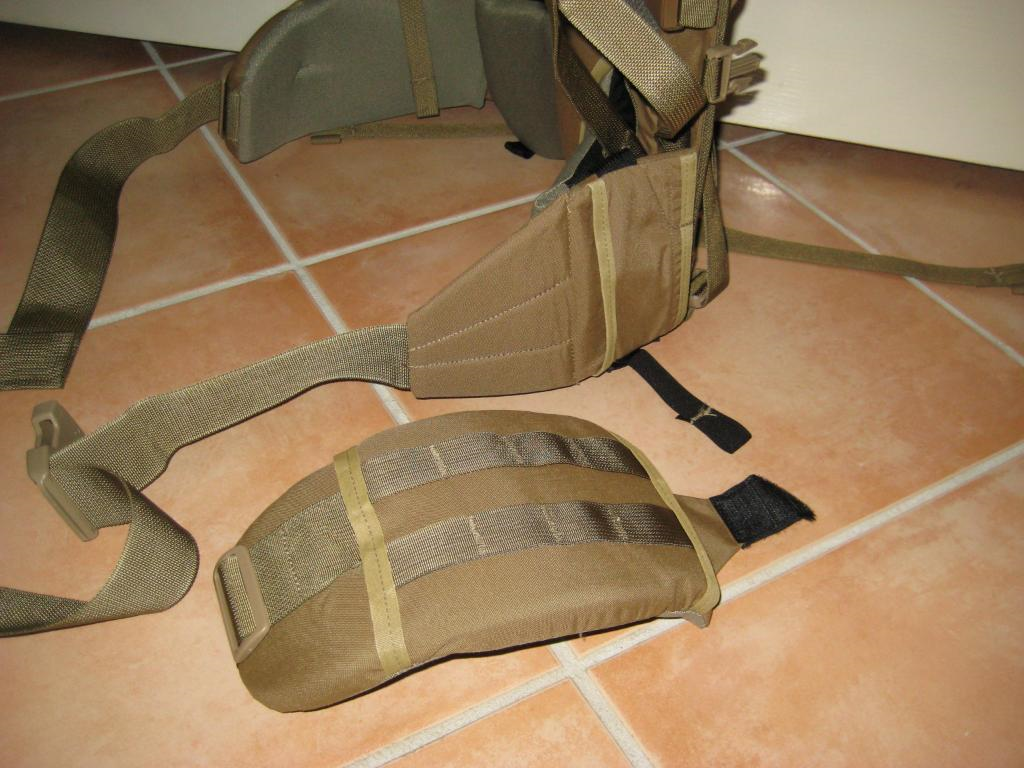
The hip belt is able to be stowed away for user taste and convenience.
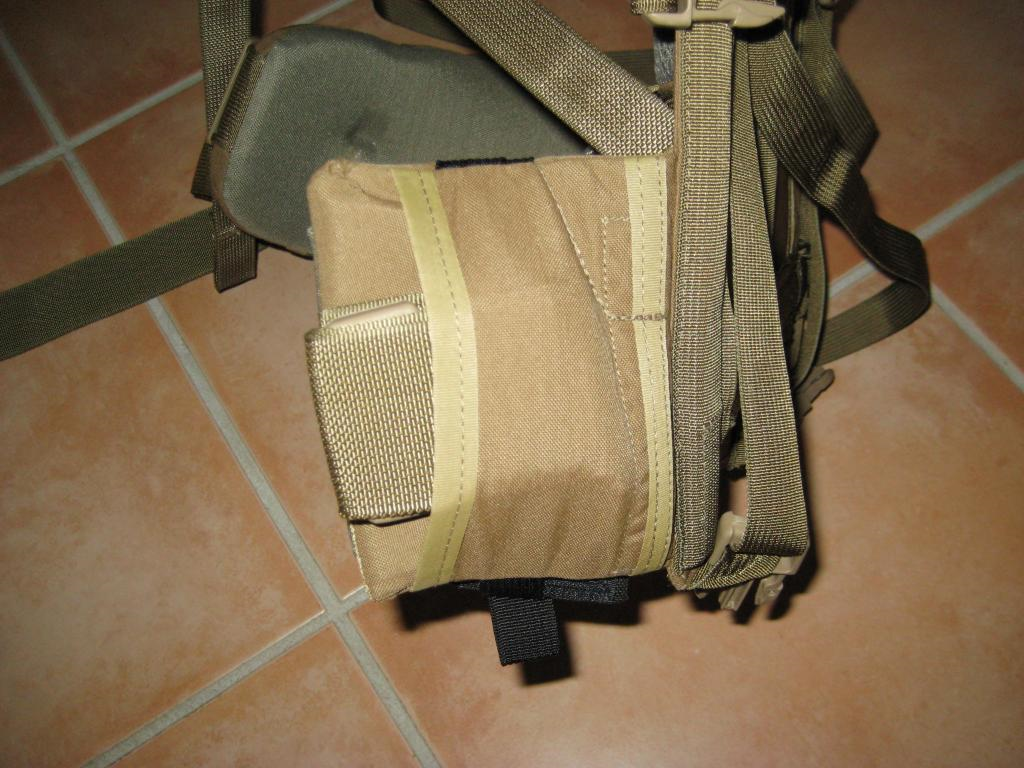

Note however, that these are minor tweaks based upon real world experience and use, call it accommodating personal fetishes and foibles. The essential design and layout of the NICE frame has been found to be very good.
The other version of the NICE frame I’ve seen, may have some relevance to all you way-to-cool-for-school airborne types who prove to the world that only two solid objects fall out of the sky: bird poo and idiots. Since I was from a “leg” unit (well, since I was Lighthorse, we were the first to call others “Legs”), I s’pose I’d better dig-in to Stage Three and wait for the cat-calls and abuse that will be hurtling my way from my mates who are amongst the airborne prima donna’s… sorry, I meant “community” *big cheesy grin*. The NICE STRLLS has all the attachments for securing the pack to specialist parachute harness equipment for those who go to work by falling out of perfectly good aircraft as semi-sentient semi-steerable cargo bundles. It is rated for parachute use by American forces.
For the rest of us mere mortals who don’t ride parachutes into work, these clasps, buckles and extra straps for securing to HESPA equipment is only deadweight.
PERSONAL ASSESSMENT:
I’ve already completed reviews on most of the Mystery Ranch range of packs, with some more coming as they arrive to me.
I’ve neglected so far to actually cover the whole cornerstone of the entire Mystery Ranch range and explain just why I’ve become so enamoured of the design and why it impresses me. This review then, corrects my glaring deficiency.
The entire design speaks of quality and attention to detail. The NICE frame can be best described as a hybrid frame. In other words, it’s a hybrid external-internal pack frame.
If that sounds confusing, think of this: for many years in the load bearing industry, there were two different systems for carrying a heavy load somewhat comfortably.
External frame packs, of which the ALICE system and the old A- and H-frame mountaineering packs are the best known examples for military and civilian users respectively. Whilst external frame packs have their proponents (I used to be among them), and were quite popular in previous years. It should be realised though, that external framed packs are a compromise based upon limitations in materials and ergonomic knowledge available at the time. Because of their design, external frames can be easy to remove and fit to different packs.
These things tended to be very large, heavy, and fixed structures. By their very nature, external frames aren’t as efficient in transferring the load due to the required stand-off of the system, which can change the way a load impacts upon the body. It’s only in the last few years with the introduction of space-age technology like plastics, resins and carbon fibre that external frames have been able to more closely imitate internal frame packs acting upon the body. The best example of this is the DEI MOLLE frame, as used in the SORD Large Field Pack. These however, have their advantages and disadvantages as well.
It must be noted though, that the same introduction of space-age materials that makes external frames more competitive to internal frames makes those same internal frames light years ahead of their predecessors.
Time, knowledge and technology has however, moved on. Internal frame packs transfer the carried load in a far more efficient manner to the hips and pelvis. This load transfer (which is helped a great deal by hip-loading belt as well) allows the load to be borne by the strongest and most effective part of the body. In previous years, external frames would transfer the load to the shoulders, rather than the pelvis.
This more efficient load transferrance to the pelvis allows a wearer to actually stand more upright, reduce stress placed upon major joints like the spine, neck and shoulders, reduce pressure on the nervous system (that tingling feeling in the hands and fingers after wearing Aunty ALICE for long periods) and generally increase comfort levels. The best examples of these internal framed packs are the classic alpine packs used by the civilian bushwalking crowd. Due to their characteristics, internal frames are built into the pack, and are often unlikely to be removed or tampered with.
In addition, there is another benefit to the wearer of a properly fitted and balanced internal frame pack: being able to walk upright and scan one’s surroundings. There’s also an increase in mobility. For a civilian bushwalker, this means being able to enjoy the beautiful scenery – the entire reason for being out in the wilderness in the first place.
For a military user, this increased ability to scan one’s arcs is essential to maintain situational awareness, thereby increasing survivability. No longer should one see the classic image of diggers with heavy packs on, with everyone forced to hunch their shoulders over to compensate for the load dragging them backwards by the shoulders. This also reduces some major nerve damage that inherent within very heavy shoulder loading backpacks.
Both users benefit from reduced fatigue levels. Although for a military user, with a paucity of time and rest periods, this is perhaps of more benefit.
I won’t go too deeply into the bio-mechanics of the human body, ergonomics, kinematics and how it all works when carrying a backpack. Partially because I don’t have the time to understand it fully, and partially so I don’t bore you with what little knowledge I have.
If such research is considered necessary by the reader, then I would suggest a Google search.
So it can be seen now, why I call the NICE frame a hybrid external internal frame. It uses internal frame technology in a detachable external frame layout.
The benefit then, of the NICE frame is really nice (bugger, pun NOT intended). Due to the design, one can have what they want in the load carrying system, to account for different tastes and requirements.
What can be achieved by the NICE system is pretty amazing when you think about it. Because pack bags (the actual rucksack) can be detached and attached as needed, this gives the user a choice of what to carry, depending upon their requirements. In the words of Pat Rogers: The mission drives the gear train.
Now, whilst such older designs such as the ALICE pack also has a detachable frame and rucksack system, it isn’t specifically designed to be mixed and matched depending upon mission and usage parameters. The ALICE design was meant to be detachable for the purposes of replacing worn out components as required. It was a secondary benefit to be able to mix and match to other components.
In other words, an end-user only needs one NICE frame, and selection of pack bags to suit most likely scenarios and uses. So, this could mean I have a Wolf Alpha pack bag for carrying my temperate/short range (no more than 5 days) load, a 6500 pack bag or Wolf Pup pouch for my cold weather/long range (more than 7 days) load, and a Crew cab for hunting.
For a civilian bushwalker, this can reduce the problem that most of us geardo’s or dedicated people have, of having a specific pack for a specific use. The NICE system reduces the amount of time and money necessary to expend on our hobby. Like many others, I used to have a shed full of packs that I would have for a specific use. Now that I’m slowly upgrading to the NICE frame system, I can start to keep my darling Minister for War and Finance (aka She Who Must Be Obeyed or Sunray – Household) happy by clearing out old stock that I don’t need or use anymore. Well done Mystery Ranch, you’ve also made steps towards domestic and world peace.
For military users, where roles within sections (squads) and platoons can often change quite regularly, as well as mission requirements of the load as a digger garners experience, such as specialist roles within the company or battalion, this can be a God-send in reducing the amount of gear we accumulate and need to ship around the place when working.
The benefits of having one common frame that accepts different pack bags also saves a great deal of time and effort in setting up the frame and harness for the wearer. Once one gets everything dialled in, that’s it – job done. There’s no need to make sure every harness across the fleet is properly adjusted. For someone like me who had at least 6 packs (and more artfully cached away from the eyes of my beloved) in their possession at any one given time, this was a pain. I know people with a lot more packs in their fleet that they use on a regular basis.
There’s also an additional benefit for military end-users. Often times, service members are given directives from their chain of command that certain issued items must be carried. Some of these decisions and items often don’t take simple requirements such as ergonomic fit into account, or are selected purely for uniformity purposes (ignoring such basic considerations that everyone is built differently, and may have different roles and weapon load outs).
The NICE frame has been designed from the beginning to accept almost any packbag available in the western world. My personal experimentation has found it will mate with older legacy systems as ALICE, the old ADF issue ’94 pack, and the newer Land125 pack bags as well as the dedicated Mystery Ranch items. In fact, further experimentation has found that other Mystery Ranch accessories like the daypack lid can also be fitted in conjunction with the ADF issue items.
So, in the ADF experience, the boss may dictate that everyone carries the same pack, but one is still generally allowed some freedom to upgrade their kit to suit themselves, such as frames and harness straps. This certainly keeps the gear nazi’s and morale vampires away.
Conceivably, a viable, comfortable and most importantly – properly fitted, pack frame is available for the individual. The modular nature allows different pack bags to be swapped over to suit the command climate, and even dual use. I can see a young digger buying a NICE frame to upgrade his issue pack, and then upgrading accessories for work, and then upgrading to a complete pack bag for his own use whilst bushwalking off duty with his family and friends. All he has to do is remove and refit his NICE frame between his work and play rigs. I really wish I’d had this facility as a young digger, it could have saved me a great deal of money spent on equipment for work and play.
It’s also very easy to set-up the NICE frame for wearing with body armour and mark that measurement out. So, if no body armour is needed for a task, the back length adjustment is set to the “clean-skin” position. If the next mission requires body armour, it’s awfully quick and easy to find that setting again.
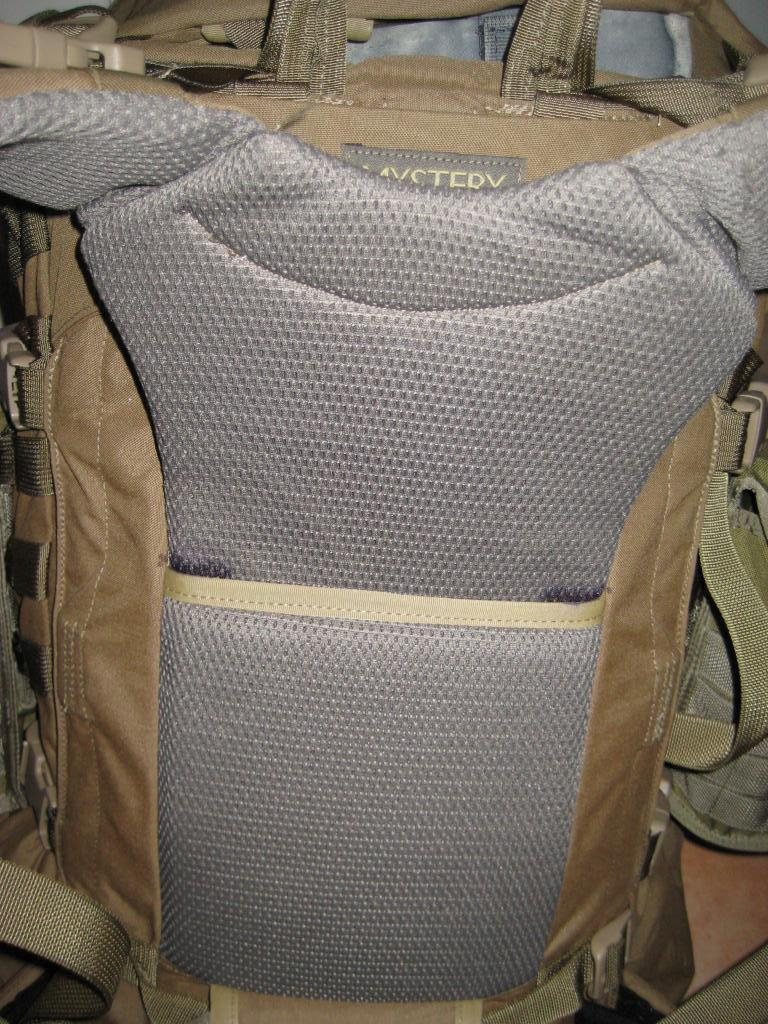
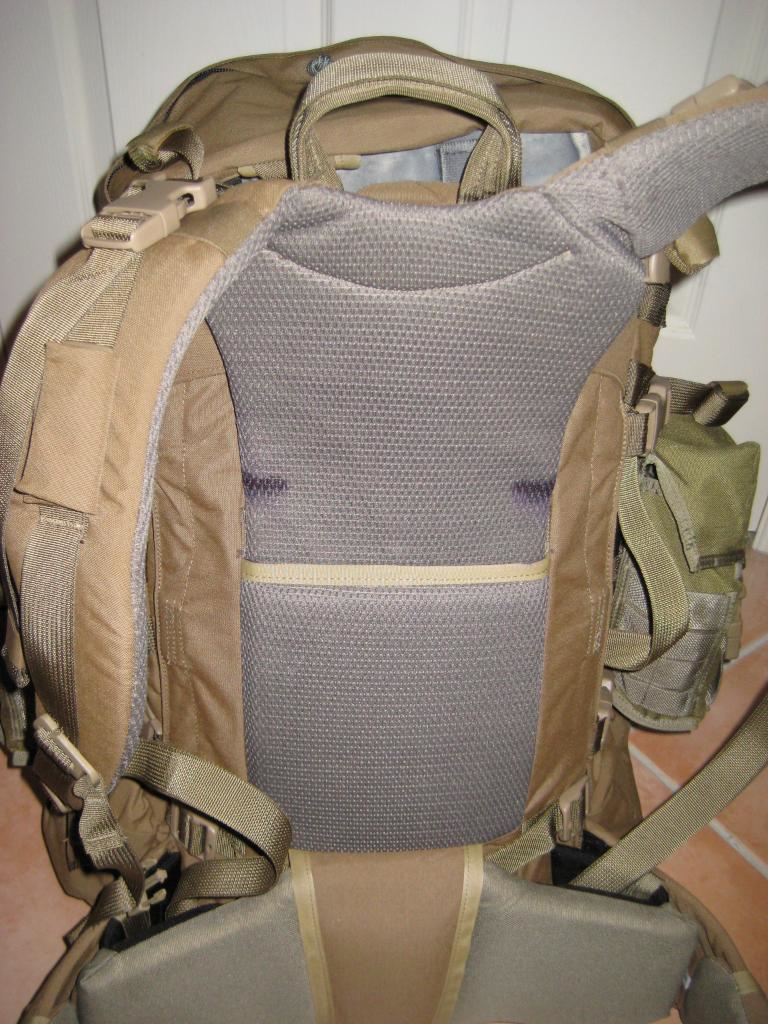
PROS –
To be honest, what’s not to like about the NICE frame? High quality design and manufacturing standard. Excellent load transfer and a huge flexibility to run it how you want is really nice to have. I consider the Mystery Ranch design to be a current world leader.
Properly dialled in and adjusted for the wearer, the NICE frame is one of the most comfortable I’ve experienced. It can soak up a great deal of weight, and make it much more comfortable to drag those painful loads for long periods of time. Don’t get me wrong, carrying heavy weight and dragging it up heart-breaking yarma’s (mountains) still blows goats, but with such an efficient load transfer from the frame, taking the load from the shoulders and allowing it to flow to the best load bearing structure of the human body (the pelvis) means a lot of reduced joint injuries and nerve damage. The hip loading belt also gives increased freedom of movement during such fun activities as climbing or scrambling over rocks, allowing the wearer to worry more about the task at hand of scanning arcs, and handling weapons.
The ability to setup the hip belt for personal fetishes is another nice touch. With PALS channels on the hip belt padding, this allows a user to configure their load for their tastes. The ability to remove the hip belt padding and stow the belt away if deemed not necessary is also good for having it your own way. Although it should be noted that a great deal of the load transferrance efficiency of the NICE frame is lost by doing this.
Addition of quick release buckles to the AUSNICE frame from Crossfire answers some of the customer feedback from ANZAC end-users which better fills our doctrinal requirements.
CONS –
The biggest gripe I have about the NICE frame is that it’s quite bulky, although not as much as competitors like the DEI plastic MOLLE frame. This however, reflects the fact that there is no such thing as a free lunch. Because the frame does such a good job of transferring the carried load, this means the structure has to be suitably beefy. To my mind, this is a price worth paying.
The increased hip belt paddle size on the AUSNICE may be a little bit too large for integration with other equipment. Chest mounted body armour and load bearing equipment should be fine, but the paddles may interfere with drop loads or other equipment.
The other biggest gripe is cost. An item like this is expensive for Australian consumers, but there are plans afoot to reduce this cost to the market by license manufacture by Crossfire.
Having said that though, what price do you place upon long term health? I’m of the opinion that such an item is worth every penny for the reduced impact upon the body, allowing one to enjoy the finer things in life, without suffering the cost of joint injury, which is quite prevalent amongst ADF personnel – hell, I correct myself, ANY military unit that does a lot of walking.
In my family, it’s been noticed by my mum at big family barbecues that all the menfolk, no matter our age, all stretch and creak the same way – it’s from years of carrying heavy packs in a shoulder loading format (ie. The old ALICE pack). My mates will be in one corner, and my dad and his mates will be in the other corner sharing a beer and a chinwag, and yet we’ll all be stretching and straining from the same injuries inflicted upon us by ill-designed equipment.
Comparison can be made with my bushwalker mates who spend just as much time (if not more) on big expeditions, climbing mountains that I would only consider attempting with a helicopter. They don’t have the same injuries due to carrying their packs with a hip loading harness.
Another negative against the NICE frame is the way the load-bearing hip belt interferes with belt webbing as dictated in many Australian Army units. Whilst I am not a fan of belt mounted webbing nowadays, there is still a great many units who still decree this mode of carrying a fighting load.
SUMMARY:
A high quality accessory that I consider well worth the investment, for continued long term health. I can see the NICE frame becoming the industry standard, and the target of copy-cats for some time to come.
Posted in Civilian, Crossfire, Military, Mystery Ranch, Packs & Webbing by 22F with 15 comments.
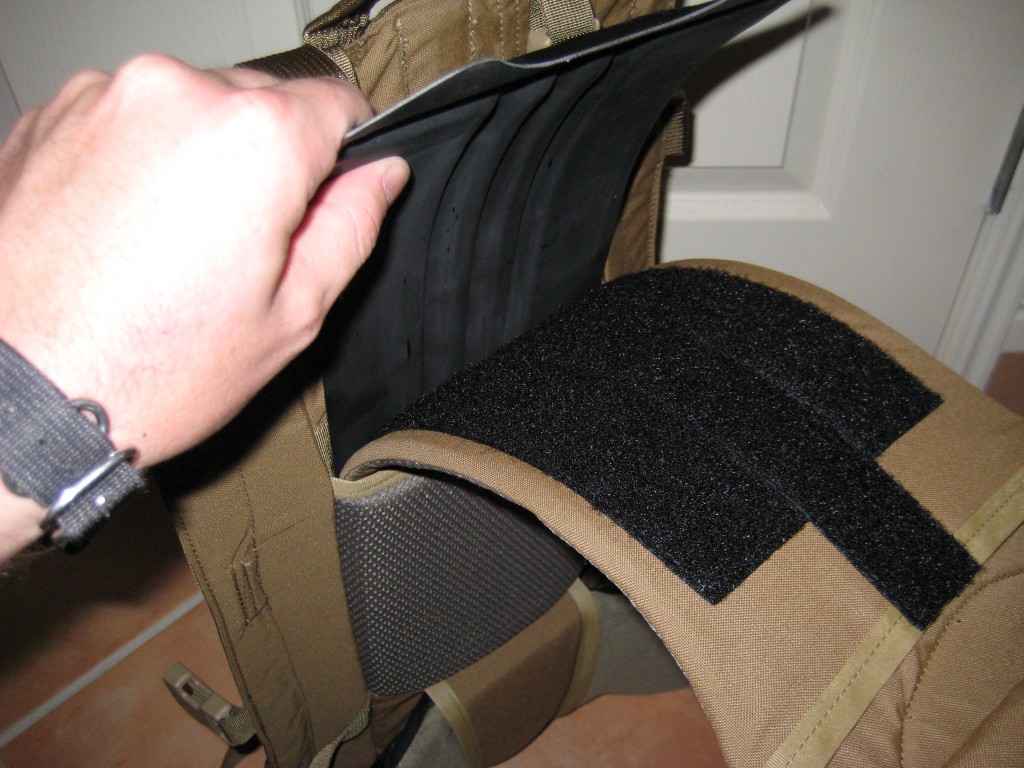
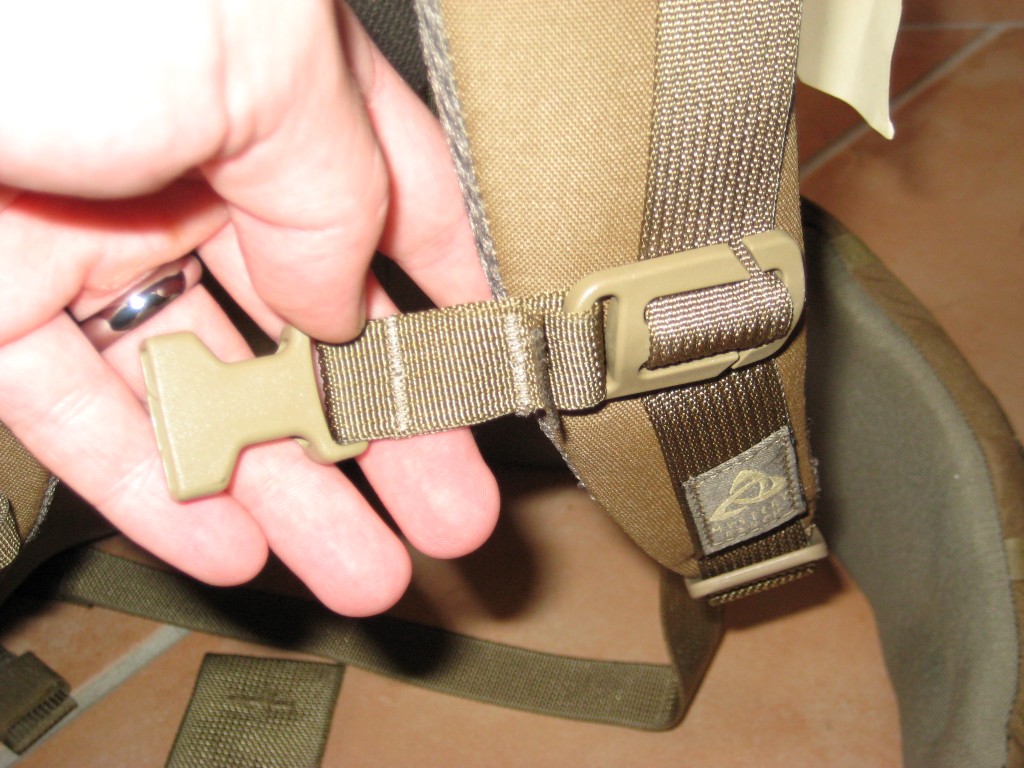
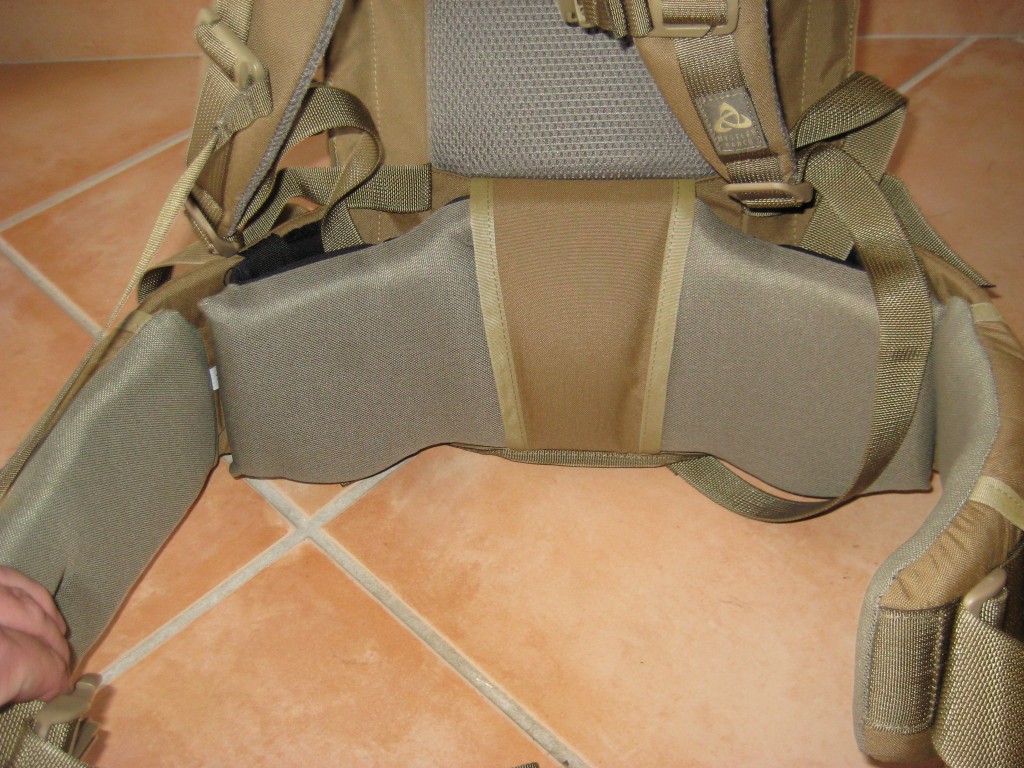
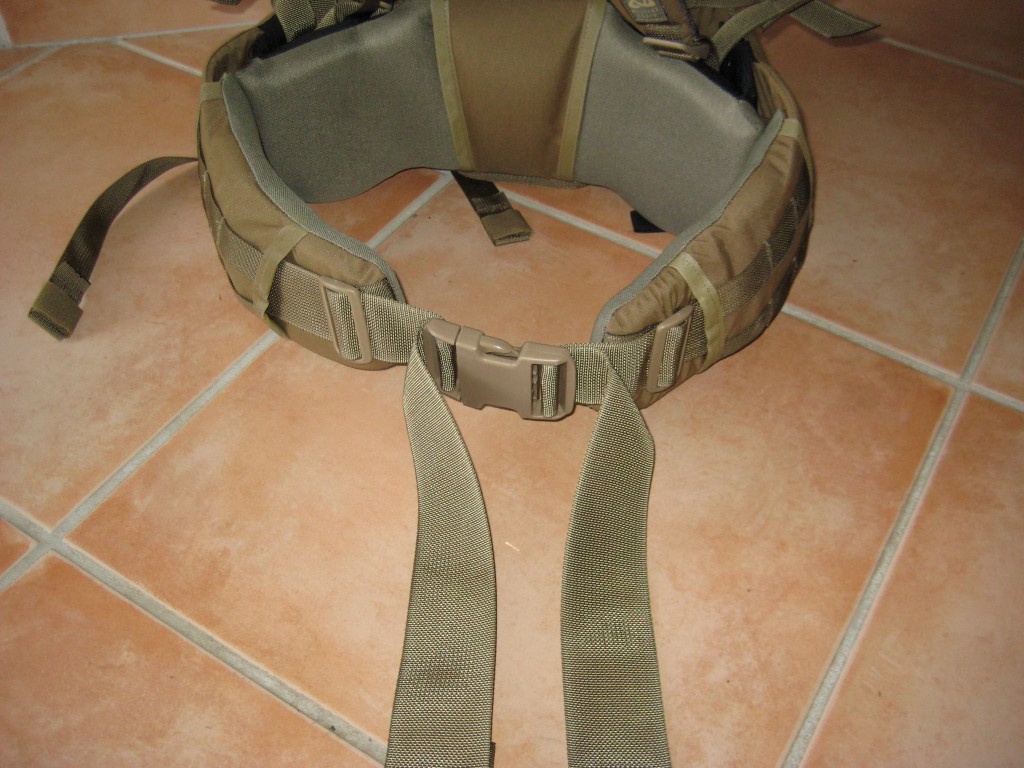
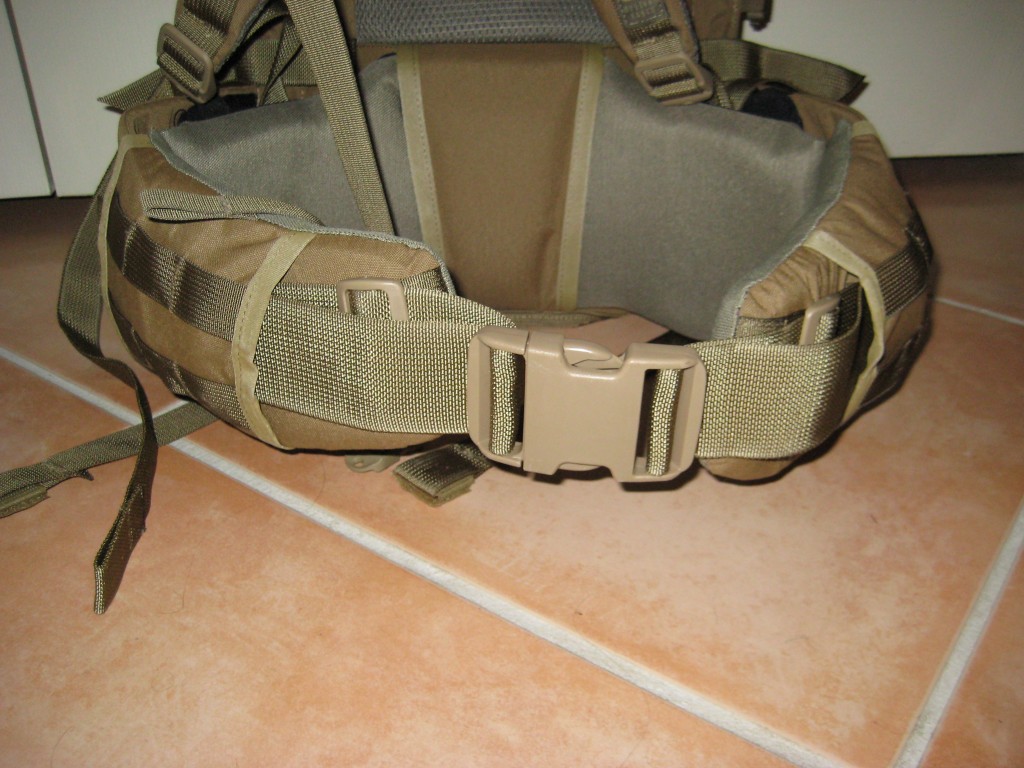

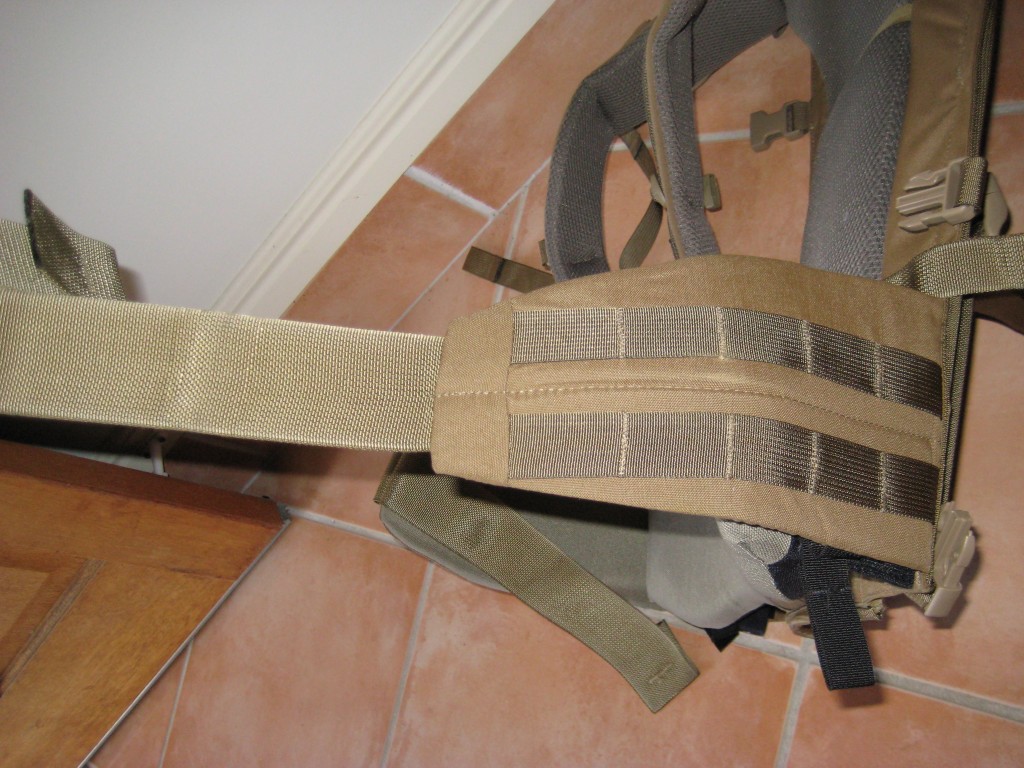


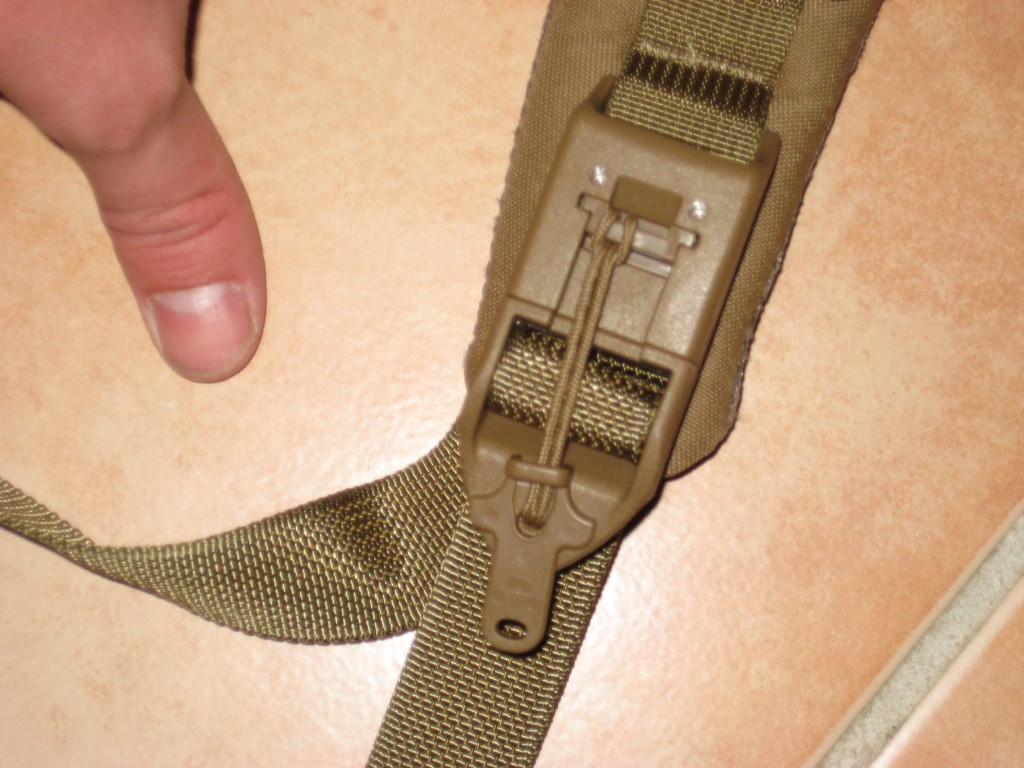
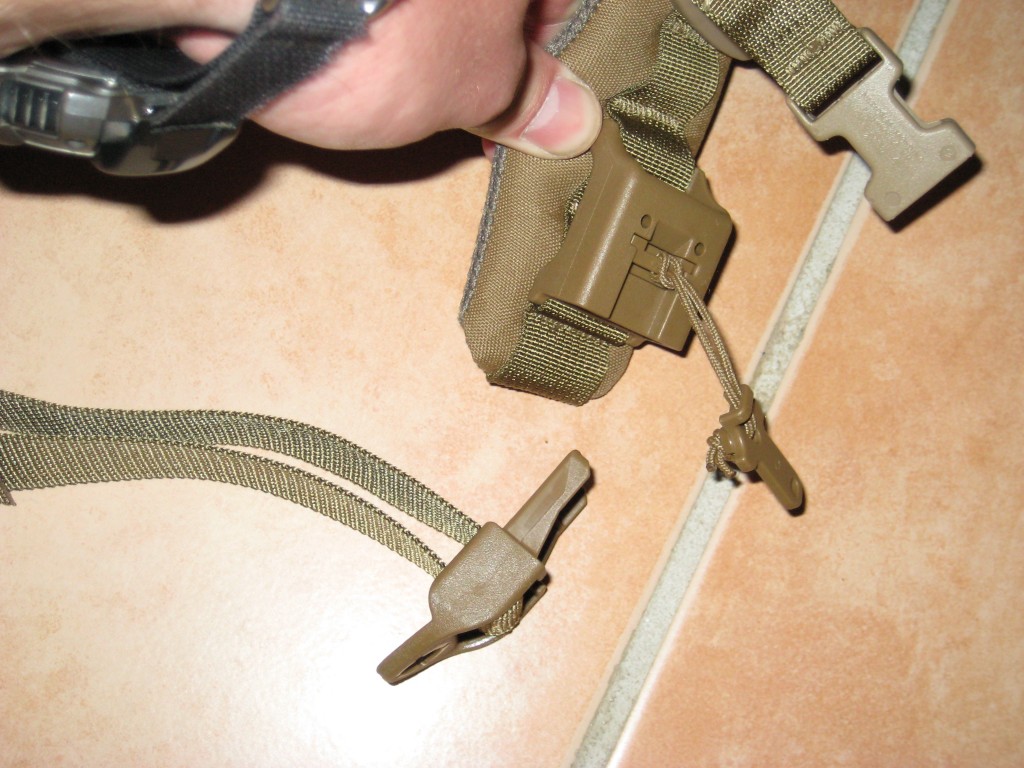

Leave a Reply